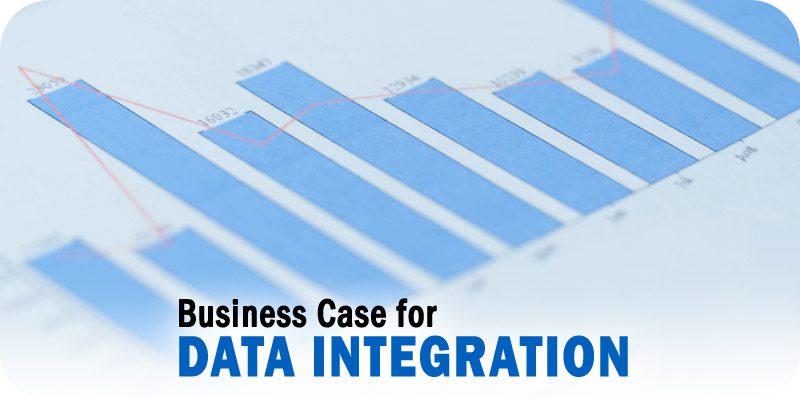Enterprise Technology: The Business Case for Data Integration


Solutions Review editors offer this brief resource for enterprise technology leaders highlighting the business case for data integration.
Data integration has become a critical tool for businesses seeking to combine and analyze data from multiple sources. By integrating data from different systems and platforms, businesses can gain a more comprehensive view of their operations, customers, and market trends, enabling them to make more informed decisions and improve performance. This article explores the business cases for data integration and the benefits it can provide to organizations.
One of the key benefits of data integration is its ability to help businesses improve customer engagement and satisfaction. By integrating data from multiple sources, companies can gain a more complete view of their customers’ needs, preferences, and behavior. This, in turn, enables businesses to tailor their products and services to better meet their customers’ needs, resulting in increased customer loyalty and higher levels of customer satisfaction.
Business Case for Data Integration
Another important benefit of data integration is its ability to identify new opportunities for growth and innovation. By integrating data from different sources, businesses can gain insights into emerging trends and areas of opportunity. This can help them develop new products and services that better meet customer needs or identify new markets or segments to target.
Data integration can also help businesses optimize their operations and improve efficiency. By integrating data from different systems and platforms, companies can gain a more complete view of their operations, enabling them to identify areas where they can reduce waste, streamline processes, and improve productivity. This can result in significant cost savings and improved profitability.
In addition to improving efficiency, data integration can also enhance risk management. By integrating data from different sources, businesses can gain a more complete view of potential risks and take proactive measures to mitigate them. This can help businesses avoid costly losses and improve their overall risk management strategy.
Furthermore, data integration can help businesses improve their marketing and advertising efforts. By integrating data from different sources, businesses can gain a more complete view of their customers and their behaviors, enabling them to create more targeted and effective marketing campaigns. This can result in increased sales and revenue.
Finally, data integration can also help businesses improve their supply chain management. By integrating data from different sources, companies can gain a more complete view of their supply chain, enabling them to identify bottlenecks, optimize inventory levels, and improve delivery times. This can result in improved customer satisfaction and increased profitability.
In conclusion, data integration has become a critical tool for businesses seeking to combine and analyze data from multiple sources. By integrating data from different systems and platforms, businesses can gain a more comprehensive view of their operations, customers, and market trends, enabling them to make more informed decisions and improve performance. As the volume and diversity of data continue to grow, businesses that invest in data integration will be better positioned to succeed in an increasingly data-driven world.



















